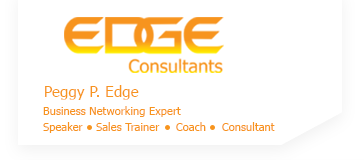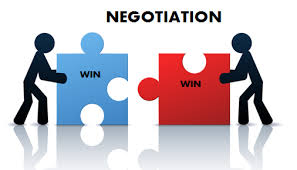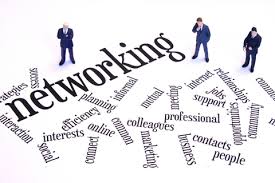Effective Business Networking-Lead Generation: Look and Act Professional
April 17th, 2018 by Peggy
To be effective with your business networking-lead generation activities, you must look and act professionally at all times. After many years as a leader in a business-to-business networking organization, I’ve seen my share of people who do not or act professionally. Here are a few of my pointers on how everyone can increase their professional presence at your next networking event:
- Dress for Success– to be considered professional, you must dress like you mean business!
- Come Prepared – Bring plenty of business cards, a pen, and paper.
- Be on time – Would you be late to a prospect’s or client’s office.? Absolutely not! Show up on time and be present. Show up early so that you can have adequate time to visit with everyone.
- Engage – Look people in the eye when greeting and speaking to others.
- Always give a firm handshake.
- Ladies, shake a man’s hand like you mean it.
- Gentlemen, shake a lady’s hand like you would another man. Do not give a soft or limp handshake.
- Cell-Phone Etiquette – Leave it in your car. Or…turn off before you enter the premises.
- DO NOT TEXT WHILE IN THE MEETING…It’s rude and you are not engaging with the other participants.
- Remember you are being judged by others as to your level of professionalism.
- Besides, you would never, ever go into a prospect’s or client’s office and pull out your phone as you sit down.
- Client/Privileged Information – Be respectful of your prospects, clients and your company.
- Even though you might not be in an industry that is legally binding to keep confidences of your clients, keep in mind that anything that you say about your existing clients, prospects or your own company could be overheard by a competitor and cause irreparable consequences.
- Have a Plan – Make sure that you have a plan for your networking activities. Don’t attend meetings without first creating an agenda for the event.
Excerpt from Peggy’s book, “5 Keys to Effective Business Networking” © 2014.
For over 30 years, I have grown my business exclusively with “warm” referrals, never cold calling. I work with individuals and sales team to coach them how to grow their business effectively. To hire Peggy for your next sales meeting, contact her at 214-725-7626.
Peggy P. Edge © 2018







